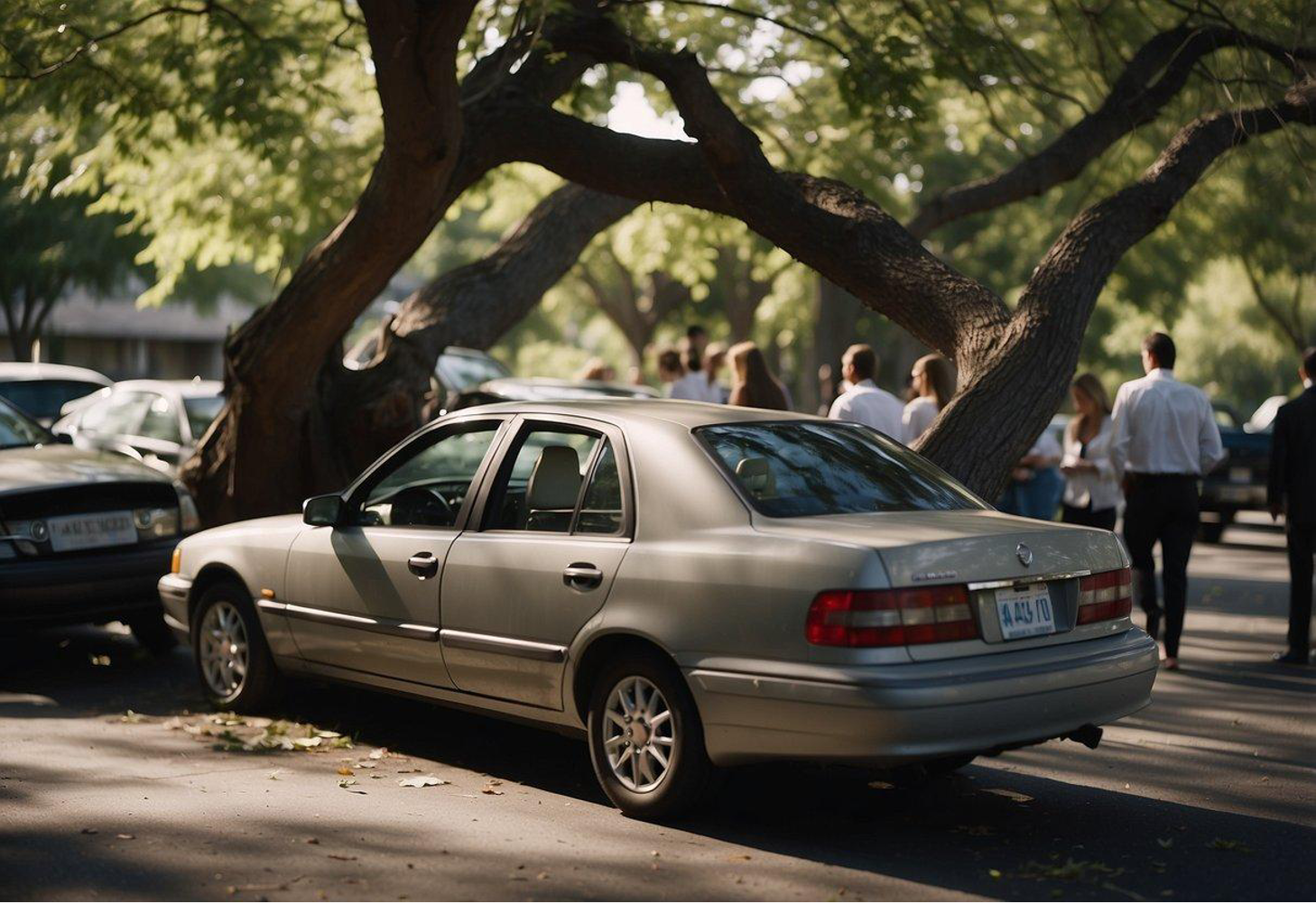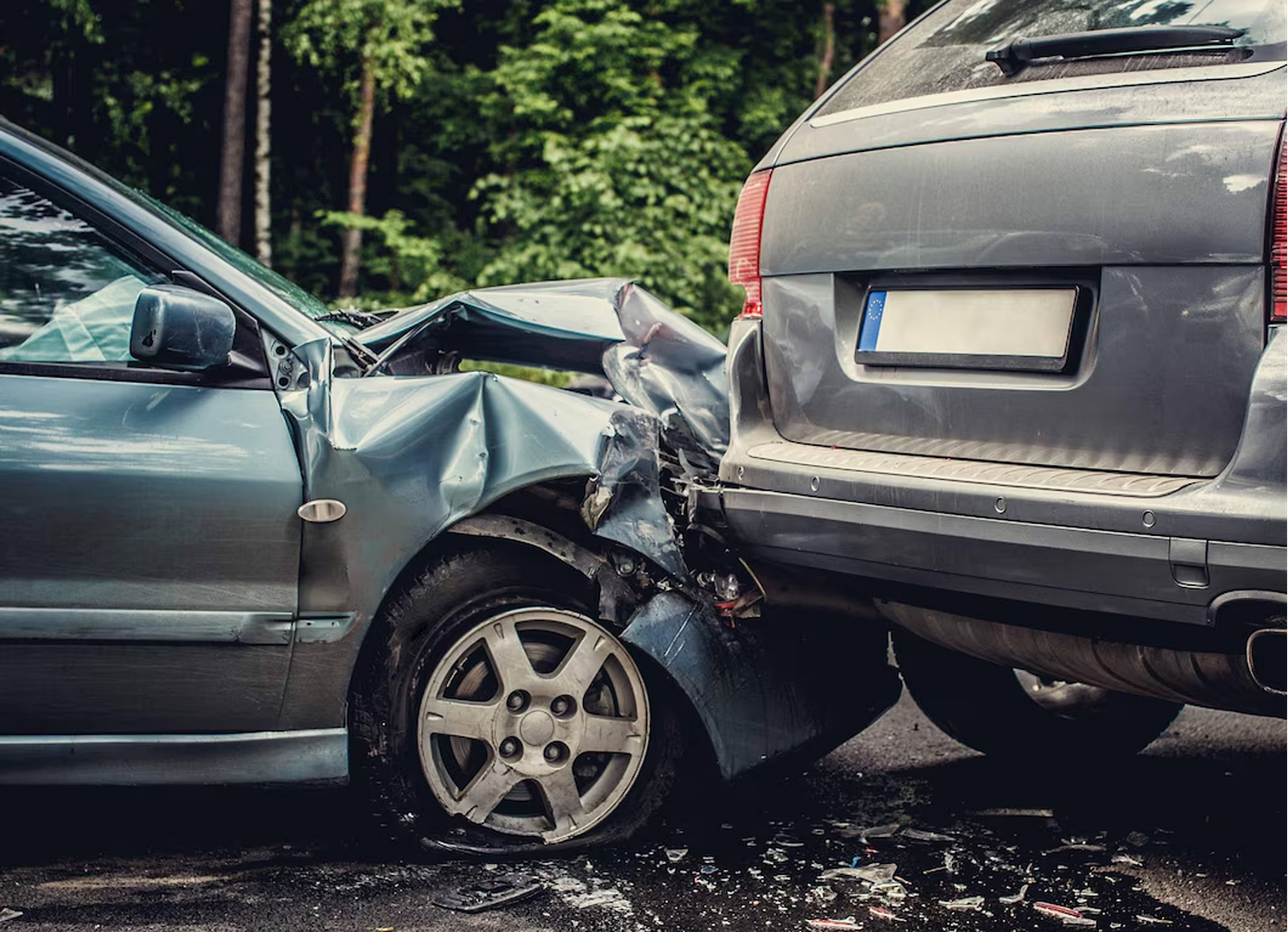Millions suffer from spinal cord injuries yearly, many from car collisions. Car crashes can lead to serious injuries, especially to the spinal cord, which can change lives instantly. Understanding the prognosis following such trauma is critical. The outlook for a spinal cord injury depends on early examination and symptom management. Knowing what to expect helps patients and families navigate this challenging journey.

Spinal cord injuries from collisions often lead to varying degrees of disability, depending on the severity and location of the injury. Immediate medical care is vital to improving outcomes. Factors such as sacral sensation retention at S4-S5 dermatome, particularly pinprick sensation, are crucial indicators of recovery prospects.
While no two injuries are the same, early and ongoing treatment can significantly impact long-term recovery. Engaging in both surgical and conservative management where necessary can enhance stability and reduce progressive compression, improving overall outcomes. Understanding these key elements is essential for anyone looking to grasp the complexities of spinal cord injury prognosis following collisions.
Key Takeaways
- Early management is crucial for better outcomes
- Sacral sensation is a vital indicator of prognosis
- Surgery and conservative treatment together can improve recovery
Understanding Spinal Cord Injuries
Spinal cord injuries (SCI) can have serious consequences, including paralysis and loss of sensation. Causes include trauma from falls, motor vehicle accidents, sports activities, and violence.
Types and Classifications
SCIs are categorized into two main types: complete SCI and incomplete SCI. In a complete SCI, there is a total loss of motor and sensory function below the injury site. Incomplete SCI retains some function.
Tetraplegia affects all four limbs, typically from injuries to the cervical region (C1-C4 high-cervical nerves), leading to extensive paralysis. Paraplegia refers to paralysis of the lower body, often due to injuries below the cervical region. The neurological level and the severity are evaluated using the ASIA impairment scale.
Mechanism of Injury
SCIs result from trauma that disrupts the spinal cord’s function. Common types include:
- Falls: Especially significant in older adults, falls can lead to SCIs.
- Motor Vehicle Accidents: These are leading causes of SCIs, often involving high-speed impacts.
- Sports Injuries: Contact sports and extreme activities can result in significant spinal damage.
- Violence: Gunshot wounds and stabbings can cause severe SCIs.
In these scenarios, the vertebrae may fracture or dislocate, pinching or slicing through nerve fibers.
Differential Diagnosis
Accurate diagnosis is critical for proper treatment. This typically involves:
- Physical Examination: Initial assessment of motor and sensory functions.
- MRI: Provides detailed images of soft tissues and can show the extent of spinal cord damage.
- CT Scans: Useful for visualizing bone injuries in the vertebrae.
- X-rays: Often the first imaging step in identifying fractures or dislocations.
These diagnostic tests are essential in differentiating SCI from other possible conditions and determining the best treatment approach.
Immediate and Long-Term Management
Spinal cord injuries (SCI) necessitate swift and appropriate medical responses to improve outcomes. This involves immediate emergency measures, surgical and non-surgical treatments, and comprehensive rehabilitation.
Emergency Response and Acute Phase
Initial responses to SCI are critical. When a person is suspected of having a spinal injury, they should be immobilized immediately, usually with a backboard and neck brace. Emergency responders focus on stabilizing the patient to prevent further damage.
In the acute phase, addressing swelling and bleeding is a priority. Medical teams aim to keep the Mean Arterial Pressure (MAP) at 85-90 mm Hg for better spinal cord perfusion. Methylprednisolone sodium succinate may be given to reduce inflammation and secondary injury. Patients are typically managed in the Intensive Care Unit (ICU)during this phase, where continuous monitoring and stabilization occur.
Surgical and Non-Operative Treatments
Treatment options depend on the specifics of the injury. Surgery might be necessary if there is continued compression of the spinal cord or spinal instability, as it helps relieve pressure and stabilize the spine. Decisions about operative treatments are made based on imaging and symptoms.
Non-operative or conservative treatments might include traction to realign the spine, medications for pain and inflammation, and immobilization devices. Some surgeries might involve removing bone fragments, repairing herniated discs, or fusing vertebrae. The goal is to prevent further damage and aid in neural recovery.
Rehabilitation and Recovery
Rehabilitation starts early and continues long-term. It includes physical therapy to improve strength and mobility, and occupational therapy to help patients regain daily living skills.
Recovery milestones will vary by individual, often influenced by the severity of the initial injury and treatment effectiveness. Rehabilitative measures might include exercises, adaptive equipment, and training for both patients and caregivers. The focus is on achieving the best possible functional recovery and enhancing quality of life. Progress is typically tracked using clear goals and documented achievements.
Prognosis and Quality of Life

Prognosis for spinal cord injury varies greatly, depending on factors like the extent of the injury and patient characteristics. These injuries can impact many aspects of daily life, including mobility, personal care, and mental well-being.
Predicting Functional Outcomes
Spinal cord injuries can be classified as either complete or incomplete. Complete injuries result in a total loss of motor and sensory function below the injury site, while incomplete injuries allow for some level of neurological recovery. Age and pre-existing conditions can also influence prognosis.
Physical therapy is vital in improving motor function. Innovative treatments like stem cell therapy and electrical stimulation are also being explored. Risk factors like delay in receiving medical attention and inadequate rehabilitation can negatively impact functional recovery.
Impact on Daily Living
Spinal cord injuries often lead to significant changes in daily life. Paralysis and quadriplegia can severely limit mobility, requiring rehabilitation and adaptive devices to manage personal care. Many patients experience issues with bowel or bladder control and sexual dysfunction, which can affect their quality of life.
Chronic pain, including back pain, is also common and can interfere with recovery and daily activities. Physical therapy and other pain management strategies are essential for improving patient outcomes. The focus on quality of life aims to help patients achieve the best possible level of independence and well-being.




